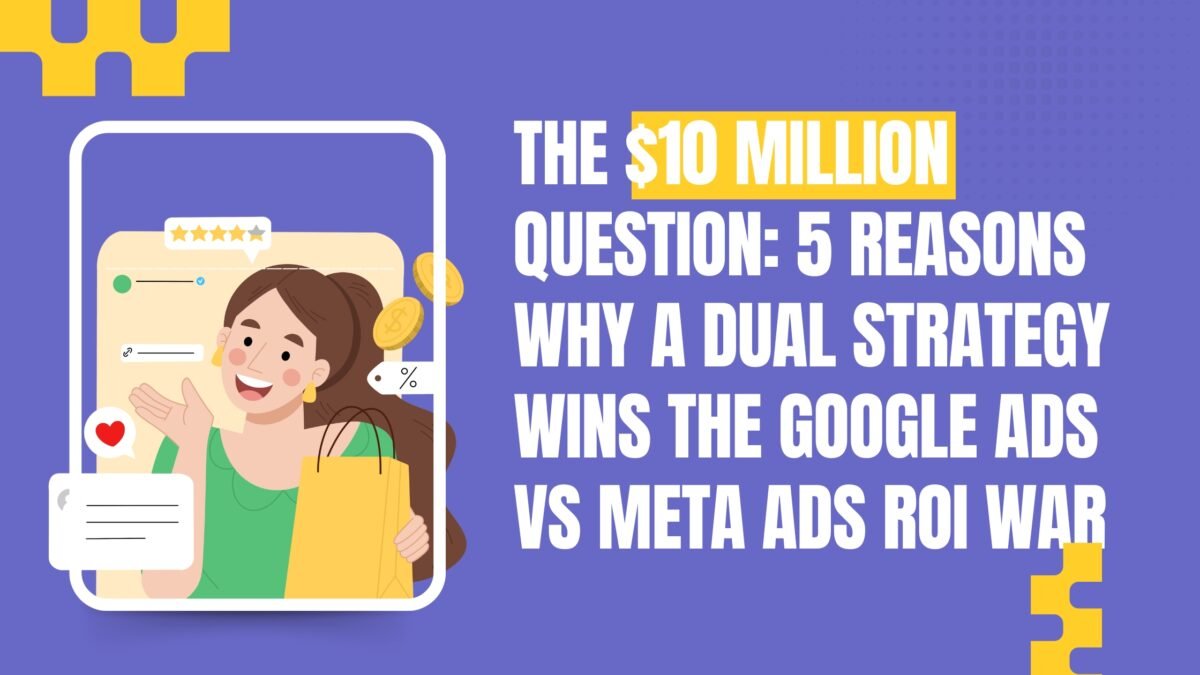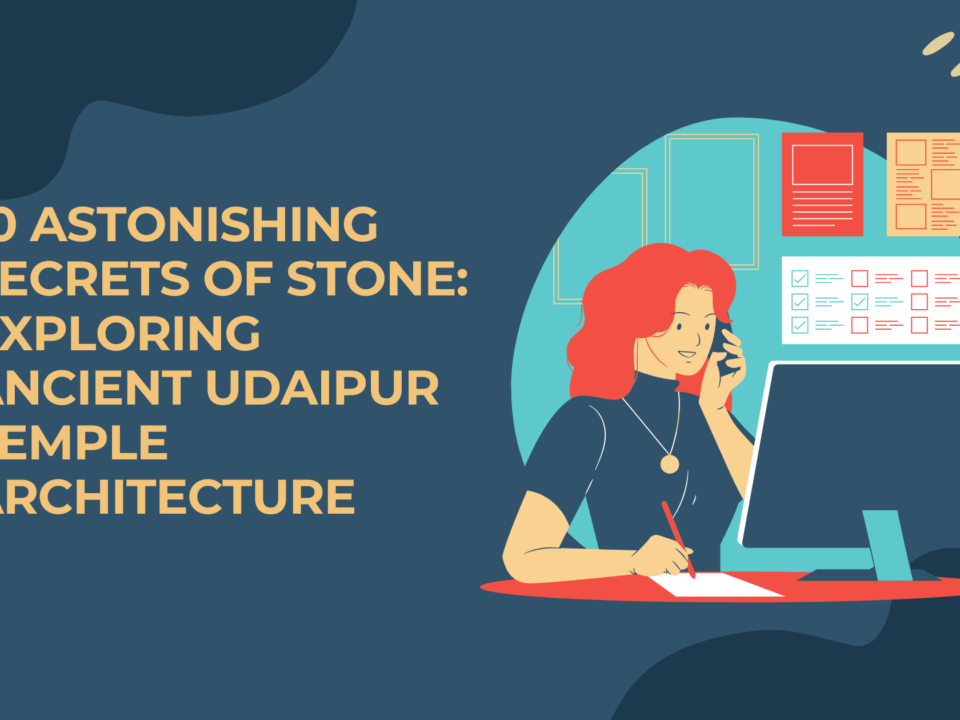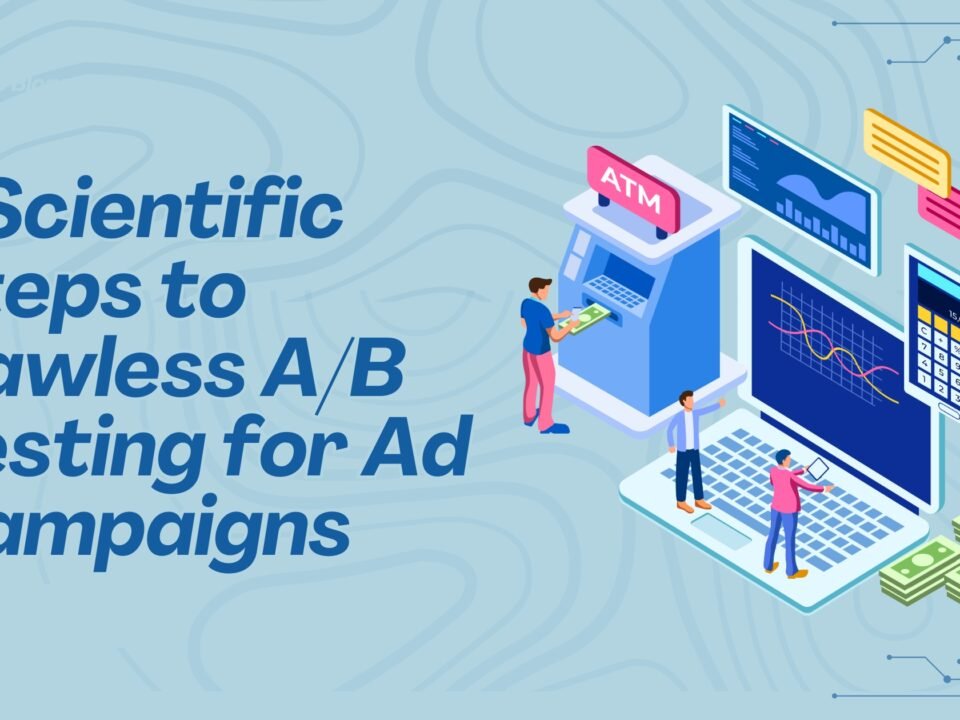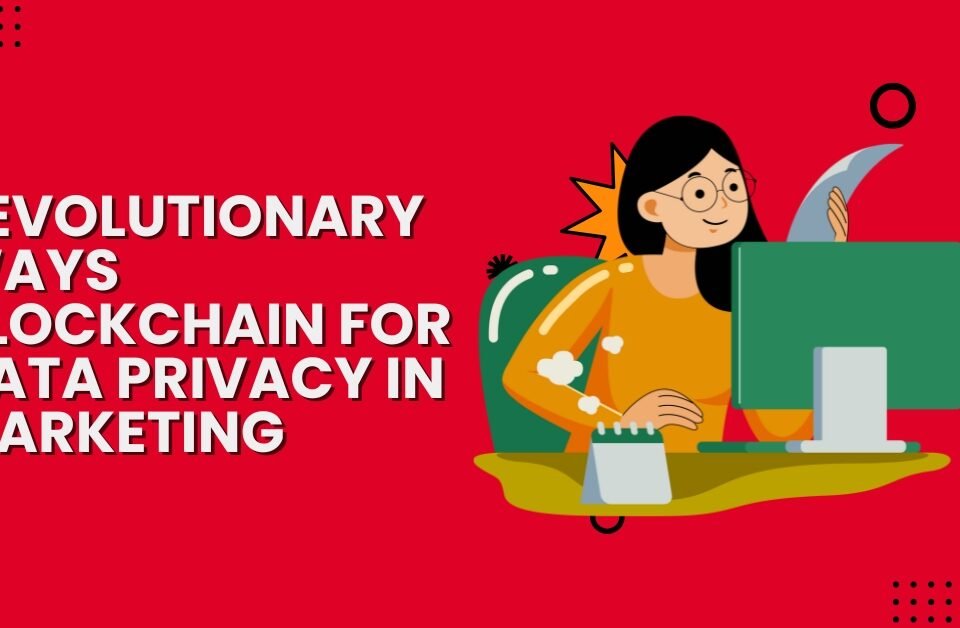
In the relentless world of digital marketing, every dollar of ad spend is a strategic wager. Brands and marketers are constantly battling to secure the highest possible Return on Investment (ROI), a quest that inevitably leads to the central, enduring question: Which platform delivers better ROI—Google Ads or Meta Ads? It is the $10 Million Question because the answer dictates the allocation of billions in global ad spend.
For years, marketers have treated this as an “either/or” decision, forced to commit to one side in the battle for customer attention. Google, the behemoth of Search Intent, captures demand when customers are actively looking for a solution. Meta (Facebook and Instagram), the powerhouse of Social Discovery, creates demand by placing visual, engaging content in front of users based on their interests and behaviors. Each platform offers powerful advantages, yet focusing on one to the exclusion of the other is the single biggest mistake jeopardizing optimal advertising performance.
The truth, as revealed by the most sophisticated digital advertisers, is that the debate over Google Ads vs Meta Ads ROI is a false dichotomy. Neither platform wins alone; instead, the optimal strategy lies in leveraging their distinct strengths in a synergistic, full-funnel approach.
This article will break down the fundamental differences in user intent, cost structure, and conversion metrics that drive performance, revealing 5 powerful reasons why the strongest, most sustainable ROI comes from a dual-platform strategy. We will move beyond the superficial comparison of Cost Per Click (CPC) and analyze the true metric of success: Customer Lifetime Value (CLV) driven by a cohesive user journey.
The Core Battle: Intent vs. Interest (Top, Middle, and Bottom of Funnel)
To accurately assess Google Ads vs Meta Ads ROI, we must first recognize the fundamental difference in the user’s mindset on each platform.
Google Ads: Capturing High-Intent Demand
Google’s ecosystem (Search, Shopping, YouTube, Display) is primarily built on Intent. When a user types a query like “best noise-canceling headphones” or “emergency plumber near me,” they are signaling immediate, high-value demand. They are actively in the market, often at the Bottom of the Funnel (BoFu), ready to make a transactional decision.
- Pro: Higher average Conversion Rates (often 4-6%) because traffic is pre-qualified by their search.
- Con: Higher average Cost Per Click (CPC), often $3 to $5 or more in competitive niches, due to intense bidding competition for high-value transactional keywords.
Meta Ads: Creating Low-Cost Awareness and Interest
Meta’s ecosystem (Facebook, Instagram, Messenger, WhatsApp) is built on Interest. Users are scrolling social feeds, relaxing, or connecting with friends—they are in a low-intent, discovery mindset. Meta’s powerful targeting leverages billions of data points on demographics, interests, and behavior to show ads to an ideal customer who didn’t know they needed your product.
- Pro: Significantly lower average CPC (often $0.50 to $1.50) and lower Cost Per Mille (CPM), making it highly cost-effective for Top-of-Funnel (ToFu) awareness and reach.
- Con: Lower immediate conversion rates (often 1-2%) because users must be interrupted and persuaded to leave the platform and consider a purchase.
The platform that delivers the “better” ROI, therefore, depends entirely on where your customer is in their journey. A low-intent click from Meta might cost less, but a high-intent click from Google is closer to the cash register. The smartest strategy is to use both to manage the entire journey.
5 Powerful Reasons Why A Dual Strategy Delivers Optimal ROI
The most successful ad strategies are not about choosing a winner in the Google Ads vs Meta Ads ROI debate, but about integrating the platforms into a seamless, optimal conversion machine.
1. The Full-Funnel Efficiency Loop
The first and most powerful reason for a dual approach is the creation of a closed-loop marketing funnel.
- Meta’s Role (ToFu): Use Meta to generate initial awareness and create demand. Run visually engaging video or carousel ads to reach cold, broad audiences based on interests. This is the most cost-effective way to introduce a brand.
- Google’s Role (BoFu): Once a user is aware, they might perform a branded search (e.g., “Brand X reviews”). Google Ads captures this high-intent searcher exactly at the moment of decision, driving the final conversion.
ROI Impact: Meta warms up the traffic, making the eventual Google click convert at a much higher rate. This lowers Google’s effective Cost Per Acquisition (CPA) because the Quality Score and conversion rate improve dramatically. Meanwhile, Meta’s low CPM drives the volume needed to fuel the high-intent searches on Google.
2. The Power of Cross-Platform Retargeting
Attribution data consistently shows that customers require multiple touchpoints—sometimes 5 or more—before converting, particularly for high-value products. A single platform cannot effectively own this entire journey.
- Scenario 1: A user clicks a cheap Meta Ad but does not convert. They are now a warm lead. You retarget them on Google Display and YouTube with banner and video testimonials.
- Scenario 2: A user searches on Google but doesn’t click your ad (high CPC). You retarget them instantly on Meta with a powerful, personalized Story ad offering a 10% discount.
ROI Impact: This cross-platform retargeting is an optimal use of budget. The low-cost Meta reach is used to build the audience, and the high-intent Google ecosystem is used to close the sale with a final, timely push. This boosts Customer Lifetime Value (CLV) because it ensures conversion before the user moves on.
3. Hedging Against Algorithmic Volatility and Cost Spikes
Relying solely on one platform exposes a business to catastrophic risk. iOS privacy changes decimated some advertisers’ Meta ROI overnight. Similarly, a competitor’s sudden, massive bidding increase on Google can skyrocket your CPA, making your ROI turn negative.
By maintaining a meaningful presence on both, you introduce powerful redundancy. If Google’s CPC becomes unsustainably high for a week, you can temporarily shift budget to Meta’s cheaper video ads to focus on brand awareness, keeping your funnel running. If Meta’s targeting temporarily degrades due to platform updates, you can lean heavier on high-intent Google Search.
ROI Impact: This risk management ensures a more stable, predictable, and optimal overall ROAS throughout the year, protecting the business from the inevitable volatility inherent in the digital ad landscape.
4. Maximizing Creative and Format Strengths
Each platform excels at different ad formats, making a dual strategy essential for a comprehensive message.
| Platform | Strength | ROI Implication |
| Google Search | Text-Based (High Intent) | Optimal for capturing a user’s immediate transactional need (e.g., “Buy blue running shoes”). |
| Google Shopping | Product Feed (Visual Intent) | Drives high ROAS for e-commerce by displaying the product, price, and rating right in the search results. |
| Meta Ads | Visual Storytelling (Video, Carousel) | Powerful for impulse buys, lifestyle products, and emotional connection, leading to cheaper discovery and engagement metrics. |
ROI Impact: You gain efficiency by matching the right message format to the right moment. You wouldn’t use a long-form video on a Google Search Ad, and you wouldn’t use a dry, text-only ad to capture a passive browser on Instagram. Using both allows for optimal creative deployment, maximizing the Click-Through Rate (CTR) on each platform.
5. Achieving Optimal Lead Quality and Scale
While Meta is often cheaper for leads (low CPA), Google leads are typically higher in quality because the user actively searched for the solution. Google Ads vs Meta Ads ROI for B2B services, for instance, often skews toward Google because the high-intent searchers (BoFu) convert into paying customers faster and require less sales nurturing.
However, once Google’s high-intent audience is saturated, you need Meta to create the next wave of customers. By using Meta’s lookalike audiences and advanced interest targeting, you can scale your top-of-funnel reach powerfully without sacrificing the overall quality of your leads.
ROI Impact: The optimal strategy is to capture quality leads via Google and scale awareness via Meta. This ensures your sales team is busy with high-intent prospects while your marketing team is actively filling the pipeline with new, cheaper, brand-aware audiences for future conversion. This balancing act leads to the highest optimal return on investment across the entire business model.
Conclusion: The Era of “And”
The question is no longer “Google Ads vs Meta Ads,” but “Google Ads and Meta Ads.” The most powerful and financially optimal marketing strategies recognize that the platforms are not competitors for a single dollar; they are complementary tools in a unified customer journey.
The 5 reasons—leveraging the full-funnel, mastering cross-platform retargeting, hedging against volatility, maximizing creative formats, and balancing quality with scale—all point to one conclusion: the highest Google Ads vs Meta Ads ROI is achieved when they work in tandem.
Marketers must discard the simplistic idea of picking a winner and instead embrace the revolutionary dual-strategy approach. By focusing on the customer journey first and allocating budget based on the funnel stage, your brand can move beyond the internal debate and achieve truly optimal performance that drives sustainable, powerful profit. Stop choosing a side, start building a loop, and watch your ROI climb.




